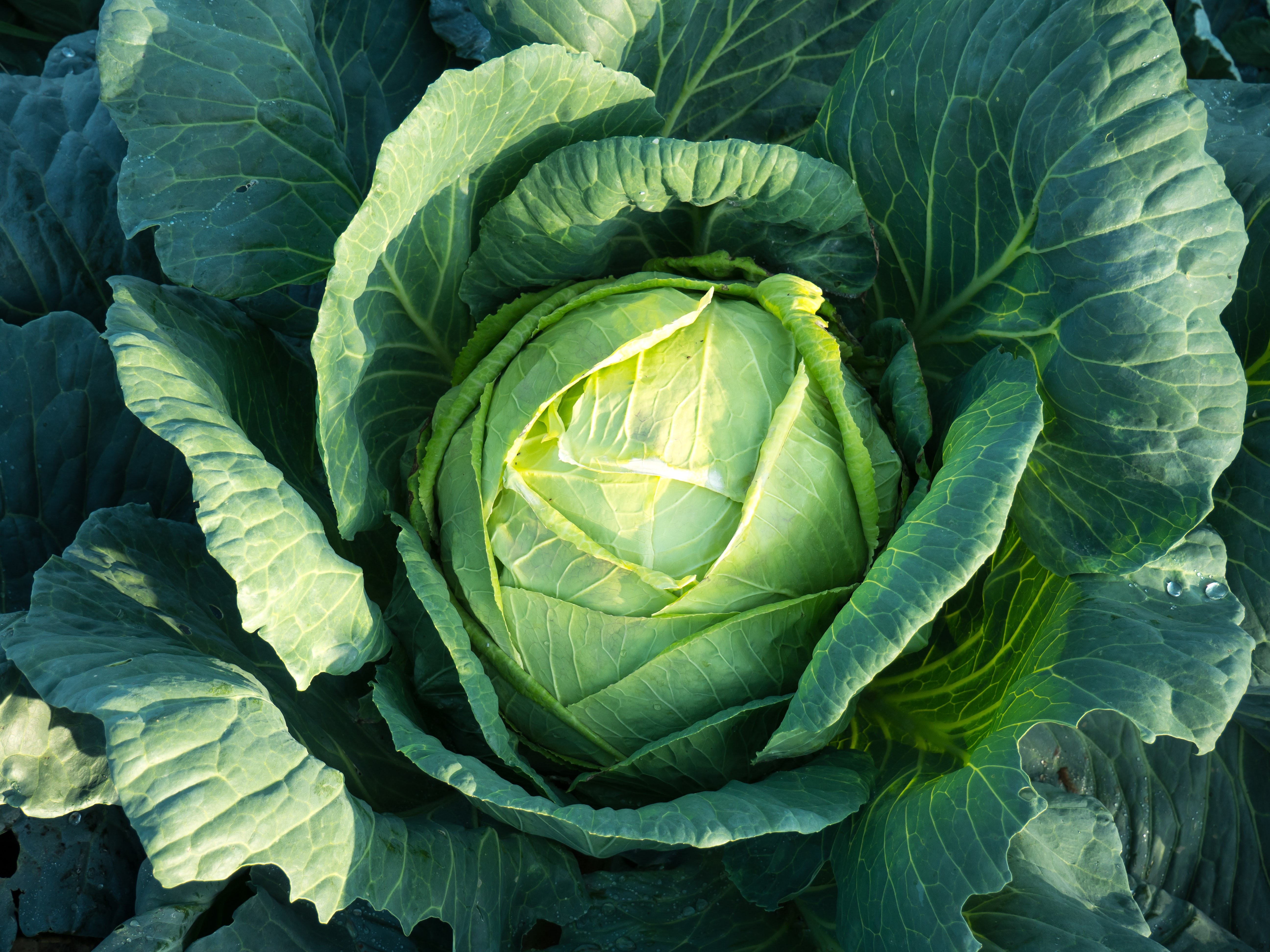01 Feb, 2019
The Lowdown on Fibre
OK, let’s face it, fibre is never going to be the sexiest of topics in the world of nutrition but it’s still one of the most beneficial for our health. We spoke to Nutritionist Rob Hosbon about the importance of fibre and how we can get more of it into our daily routine.
HealthThe lowdown on fibre
We spoke to Nutritionist Rob Hosbon about the importance of fibre and how we can get more of it into our daily routine. Here's what he had to say:
OK, let’s face it, fibre is never going to be the sexiest of topics in the world of nutrition but it’s still one of the most beneficial for our health. However, the tide is turning as food and diet trend predictions for 2019 have included fibre as the nutrient we should all be looking out for and rightly so. Protein has dominated the narrative around diet for the past couple of years, but recent headlines have begun to sing the praises about the importance of carbohydrates in the diet, which is in part a result of the fibre found in many of these foods.
Nutrition advice over recent years has been centred around individual nutrients as we have been told to increase our protein intake, reduce the sugar in our diet and eat more healthy fats, but the importance of fibre has never wavered in terms of its importance to health. But it’s about time we stopped thinking about
nutrition in terms of nutrients and started focusing on food, and many of those that are most beneficial to our health just happen to include a good source of fibre.
What is fibre?
Dietary fibres are plant-based carbohydrates which cannot be digested in the small intestine so make their way to the large intestine or colon. Fibre is often classified as either soluble or insoluble, but both types are present in all plant foods although rarely in equal proportions.
Foods high in soluble fibre
These are made from the parts of plants that absorb water and hydrate the intestines making stools soft, which can help to ease conditions such as constipation. Soluble fibre is particularly abundant in foods such as oats, barley, rye, beans, lentil, bananas, pears, apple, carrots, potatoes and golden linseeds (try our kiwi and lime bircher muesli).
Foods high in insoluble fibre
You may know this type of fibre as roughage, which means it passes through the gut without being broken down, helping with digestive transit and adding bulk to stool size. Insoluble fibre is particularly abundant in foods such as dried fruit, corn, wholegrain cereals, wholegrain bread, nuts and seeds (try our sweetcorn fritters).
How much fibre are we eating in the UK?
The UK National Diet and Nutrition Survey (NDNS) has shown that only 9% of men and 4% of women meet the recommended daily intake of 30g per day and that the average intake is little more than around 20g per day. The lack of fruits and vegetables, wholegrains and foods such as pulses, beans and lentils in the diet have a huge role to play in our lack of fibre. The popularity of high protein and low carbohydrate diets may also have played a role as people shun the very foods that provide the greatest amounts of fibre.
What are the health benefits of fibre in the diet?
A study published in the American Journal of Epidemiology concluded that diets high in fibre were associated with a lower risk of death from all causes including cardiovascular disease, diabetes and cancer.
Other health benefits of fibre include:
· Reduced cholesterol - Oats and barley contain soluble fibres known as beta glucans that have been shown to help reduce cholesterol by binding with it in the gut and removing it from the body. Daily intakes of 3g may reduce total and LDL (bad) cholesterol by 5-10% (150g of cooked barley contains 2.5g of beta glucans and 50g of dried oats contains 2g of beta glucans).
· Reduced inflammation – research has shown how dietary fibre may have a role to play in modulating the immune system, which means reducing inflammation that has been shown to be at the root of many diseases including those of the heart.
· Type 2 - diabetes – research has shown how a diet high in fibre may help to prevent type
2 diabetes. A high fibre diet can also help people with type 2 diabetes to manage their blood glucose.
· Digestion – fibre helps to soften stool and encourage transit through the gut.
· Healthy microbiota (diversity of bacteria in the gut) – certain indigestible fibres found in foods
such as artichokes, onions, garlic and bananas are referred to as prebiotics that help good bacteria to flourish. The diversity of bacteria in the gut is not just about digestion as research has shown how these bugs help to support immunity and may also be linked to obesity and mental health via the gut-brain axis.
· Bowel cancer - the World Cancer Research Fund (WCRF) has estimated that 45 percent of bowel
cancers could be prevented through diet, physical activity and body weight. The most up to date research has shown how a diet high in fibre can lower your risk of developing bowel cancer.
Want to increase the fibre in your diet?
The easiest way to up your intake of natural fibre sources is with more fruit and veg, it's that simple. And our best meal plans are packed full of them (while also being genuinely delicious). To find more sources of high fibre in foods click here.



